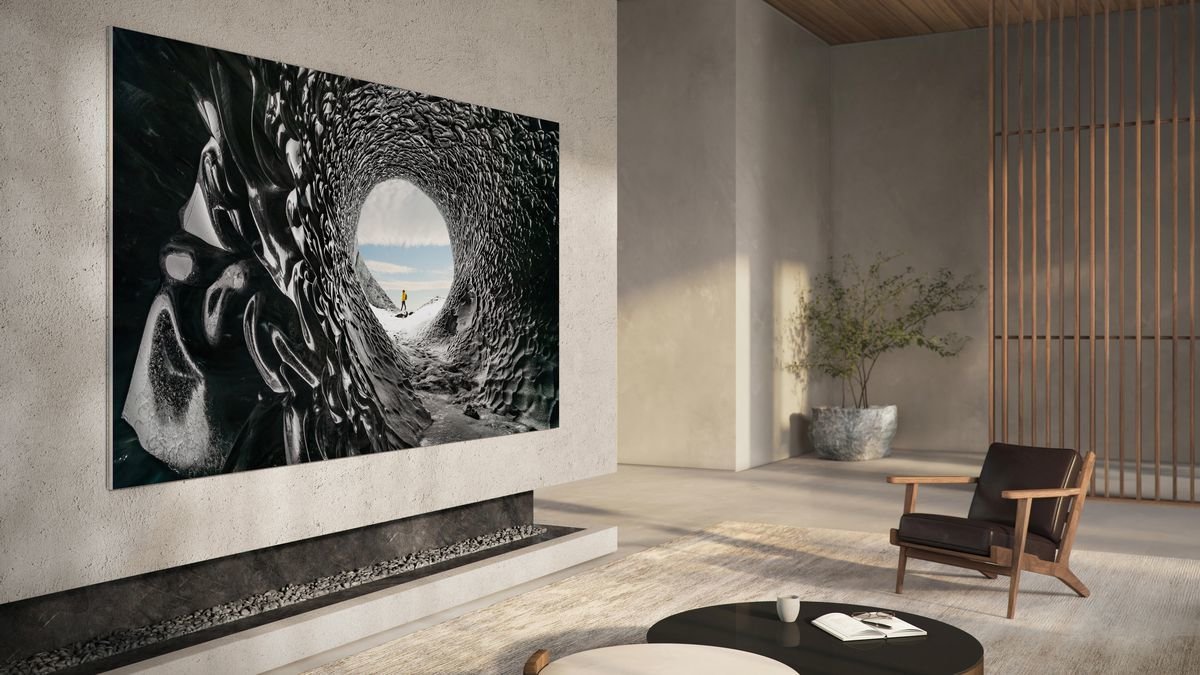While Samsung Electronics has been promising cheaper MicroLED TVs will arrive this year, the truth is that it’s still going to be some years before most people will be able to afford one.

The company is reportedly set to launch new MicroLED TVs ranging from 89-inches to 114-inches in size, with the most affordable of them starting at a cool $80,000.
That’s according to a report in South Korean tech publication The Elec, which said the 89-inch and a 101-inch variant will be the first to launch in 2022, with the larger model to follow in the second half of the year.
Samsung’s MicroLED TVs promise to be superior to anything seen in people’s living rooms so far. MicroLED is a self-emissive technology that provides all the best bits of OLED but without its shortcomings. The self-emissive properties mean that each pixel can switch itself off, just like OLED, to be completely black, while those next to it can display incredibly vibrant colours to create stunning contrast that simply isn’t possible on a regular LCD TV, for example.
MicroLED pixels are brighter than their OLED equivalents too, so it means the TVs should be able to deliver more spectacular contrast and better pictures overall. In addition, MicroLED pixels are said to be inorganic, which means they won’t degrade over time and suffer from issues such as image retention.
The Elec said Samsung has set a price tag of $80,000 for the 89-inch MicroLED TV, with the 114-inch model set to cost $100,000, according to anonymous sources at the company. That is an improvement of sorts, given that Samsung’s original 110-inch MicroLED TV carried a price tag of $155,000. So buyers will get an effective discount of around 35%, if the report is correct.
The report suggests Samsung Display’s hard work has been paying off. The company has reportedly been striving to reduce MicroLED display production costs over the last year, implementing a new transfer technology and components, among other techniques, to achieve those breakthroughs.
That said, the rate of progress remains slow and it suggest that the prospect of a MicroLED TV that's affordable to the masses is still likely to be several years away.